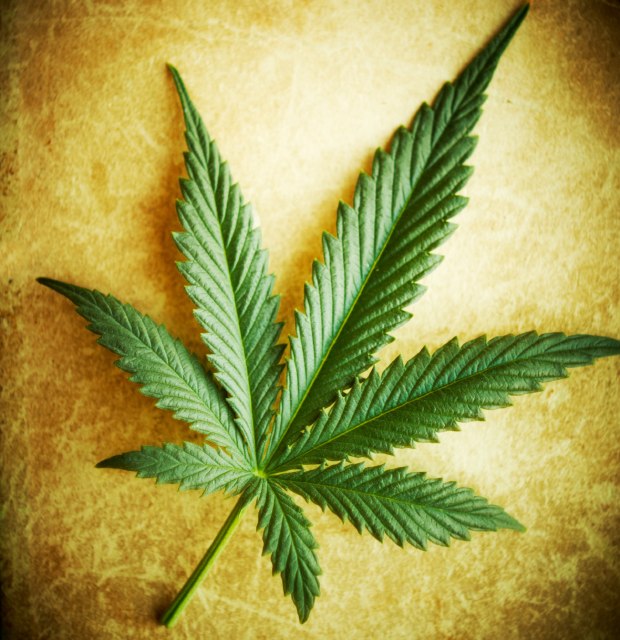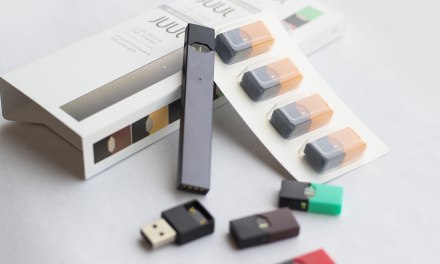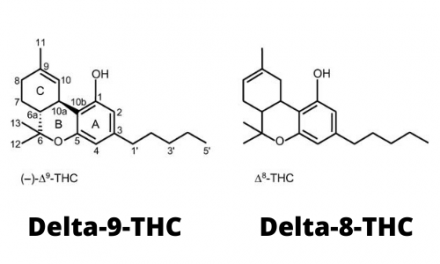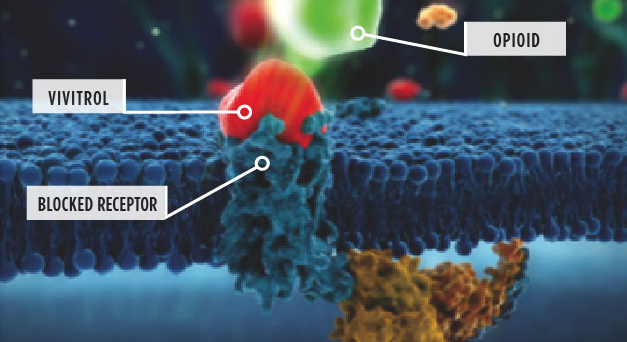Here’s a link to a recent account of a writer’s self-described addiction to marijuana, from the New York Times. Such stories can be helpful in communicating to the public the experience of active addiction– or if you prefer the DSM5 terminology, Cannabis Use Disorder (CUD), severe:
I’m Just a Middle-Aged House Dad Addicted to Pot
The author reports regular use of marijuana since his mid-20’s. I’d be surprised if occasional use didn’t start much earlier. Most people who wind up in treatment date use from the early teens. Along with alcohol and nicotine, cannabis is one of the “big three” drugs of choice among students.
Where most marijuana users describe its effect as relaxing, for the author, the drug seems to stimulate. This could be a sign of vulnerability to later problems.
Then there’s preoccupation with obtaining and protecting the supply. Weed, he admits, became the real focus of his life. Other pursuits fell by the wayside. Even activities he liked became somehow less interesting.
Another common symptom: feelings of guilt and shame. “I don’t feel so good about myself,” one man admitted, “but I feel worse about what I’ve done to my family.”
Like most, he struggles with ambivalence. “How do I know if I’m addicted? Should I quit or could I just cut back? Do I really need counseling? Can’t I do it on my own? What if I try and fail?”
Resolving ambivalence is best done in counseling or with a sponsor. But instead, most choose the harder path: Trial and error. It’s time consuming, frustrating, and hard on others, but hey, it’s what people do. I don’t expect that to change just because cannabis has been made legal.
If experience holds, maybe one in ten will need treatment. Whether or not they get it is another question entirely.













